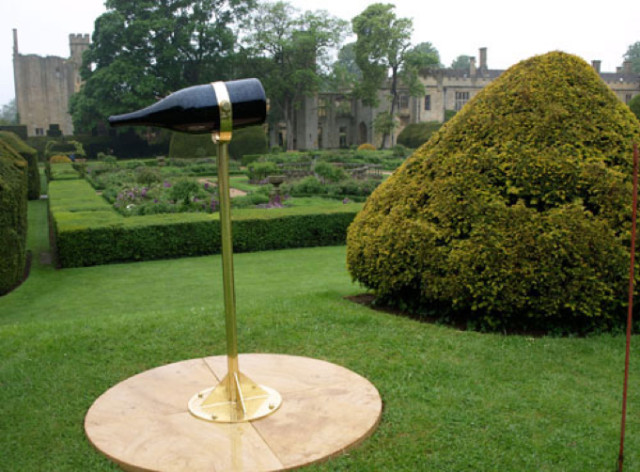British artist James Hopkins slyly transforms everyday objects, imbuing them with the power of self-reflexive commentary, converting them into altogether different items, and nudging them toward an "impossible" state that produces an astonished incredulity in those who behold them. Hopkins's sophisticated visual illusions are engaging, but his best works also hint at the epistemological uprooting that follows from the discovery that sight, our most relied-upon sense in the gallery, can be untrustworthy. Few contemporary artworks consciously remind us of this fact; Hopkins links it to an examination of his objects' intrinsic characteristics, and, occasionally, to a meditation on the emotional fallout of this and other fundamental instabilities.
